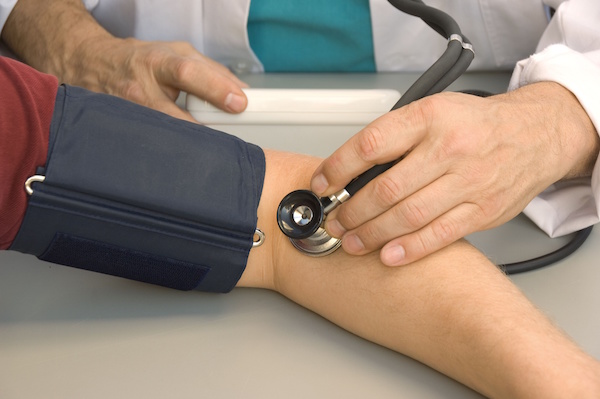
FRIDAY, July 22 (HealthDay News) — The ability of dolphins to resist infection and heal quickly from shark bites could offer new insight into the treatment of human wounds, a researcher suggests.
“Much about the dolphin’s healing process remains unreported and poorly documented,” Dr. Michael Zasloff, adjunct professor at Georgetown University Medical Center and former dean of research, said in a university news release.
“How does the dolphin not bleed to death after a shark bite? How is it that dolphins appear not to suffer significant pain? What prevents infection of a significant injury?” asked Zasloff in a letter published July 21 in the Journal of Investigative Dermatology. Similar injuries in people would be deadly, Zasloff said.
In an effort to answer these questions, Zasloff interviewed dolphin handlers and marine biologists from around the world and reviewed available research.
He concluded that dolphins’ resistance to infection may be linked to their blubber. Dolphin blubber contains natural organohalogen compounds, which function like antibiotics and have antimicrobial properties, he said.
“It’s most likely that the dolphin stores its own antimicrobial compound and releases it when an injury occurs,” said Zasloff, who previously identified antimicrobial compounds in frog skin and dogfish sharks.
Dolphins also heal in a way that restores their body’s original shape, a process more like regeneration than human healing, he noted.
“The repair of a gaping wound to an appearance that is near normal requires the ability of the injured animal to knit newly formed tissues with the existing fabric of adipocytes [fat cells], collagen and elastic fibers,” explained Zasloff. “The dolphin’s healing is similar to how mammalian fetuses are able to heal in the womb.”
Also, their unique diving mechanism might stem blood flow and enhance healing, he said, explaining blood is diverted from the extremities when a dolphin plunges below the sea. This reflex could be triggered after an injury to prevent excessive blood loss, he suggested.
Although Zasloff asserted that dolphins’ indifference to pain is an adaptation to ensure survival, he admitted that how they accomplish this remains unknown. More study of these marine mammals is needed, he added.
“My hope is this work will stimulate research that will benefit humans,” said Zasloff. “I feel reasonably certain that within this animal’s healing wounds we will find novel antimicrobial agents as well as potent analgesic compounds.”
More information
The U.S. National Institutes of Health provides more information on wound care.

